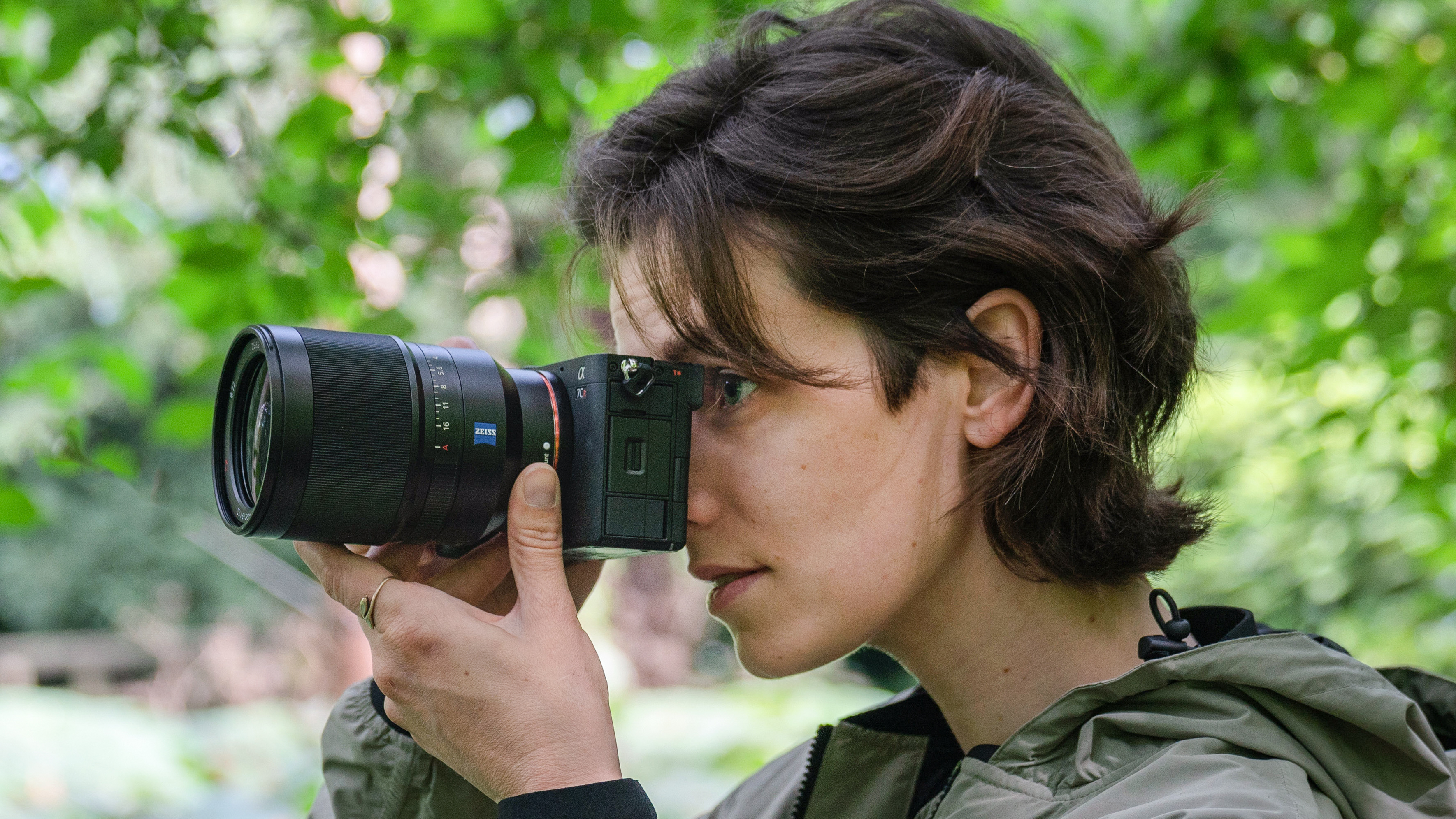
Sony has long adopted a ‘cover-every-base’ approach to its marketing strategy. Its business model since its DSLR days has seen the brand flood the market with an array of outwardly similar models, the point being that whatever a prospective buyer may be looking for, in terms of both spec and budget, there will be something with an Alpha logo on it to suit. Occasionally this involves simply leaving an older model on sale once a natural successor is released, essentially repurposing it as a lower-range option, at a newly reduced price. Every so often, however, two new products appear at the same time which both seem to be aimed at the same customer, which can complicate matters if you already thought you knew what you wanted from Sony.
This is the case with the A7CR which, at first glance, seems identical to its Sony A7C II stablemate. Only when you look on the inside can you spot the difference and see what Sony had in mind when they mapped out their camera roadmap for the year.
See our full Sony A7C II vs A7CR comparison
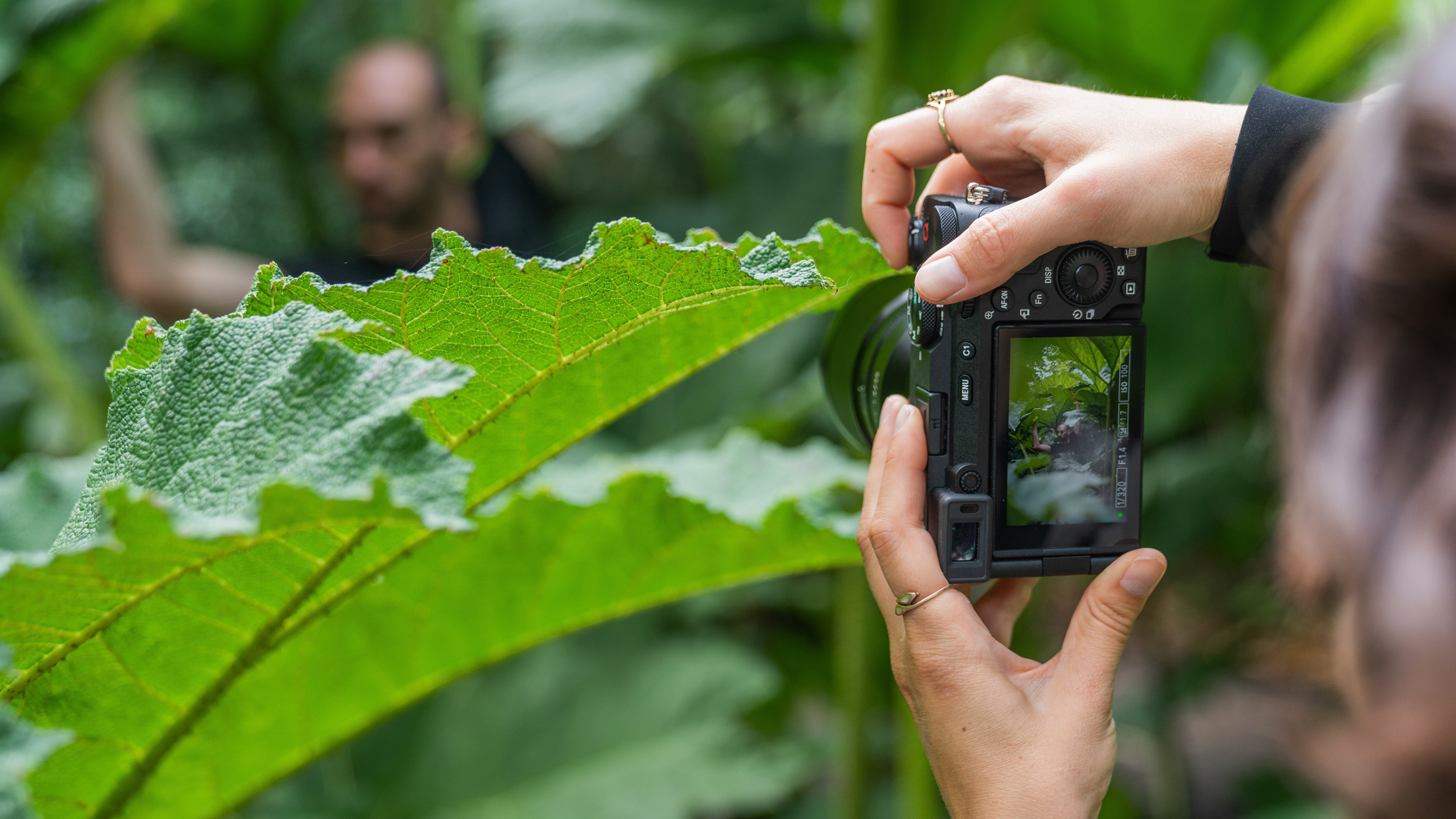
While this isn’t a direct competition, the presence of the A7C II can’t be ignored. So what does the extra cost of the A7CR get you besides extra pixels? Even more pixels! The latter model not only has a native pixel count advantage, it also features a pixel-shift multi-shot High-Res Mode the A7C II lacks, which blends several frames into one gigantic 241MP image. That being said, while both models feature 4K video, the A7C II applies less of a crop factor (1.24x vs 1.5x) that vloggers will definitely appreciate.
The larger files of the A7CR also come at the cost of 2 frames per second in burst mode, topping out at 8fps to the A7C II’s 10fps. It also has slightly fewer autofocus points at 693 (the A7C II has 759) although in practice this isn’t likely to have a huge impact. The native ISO range of the A7C II creeps beyond the A7CR’s 32,000 to 51,200. Besides this, there is very little else different. Both cameras have an anti-aliasing-filterless design, feature 7-stop IBIS, and the same Bionz XR processing engine.
Sony A7C R: Specifications
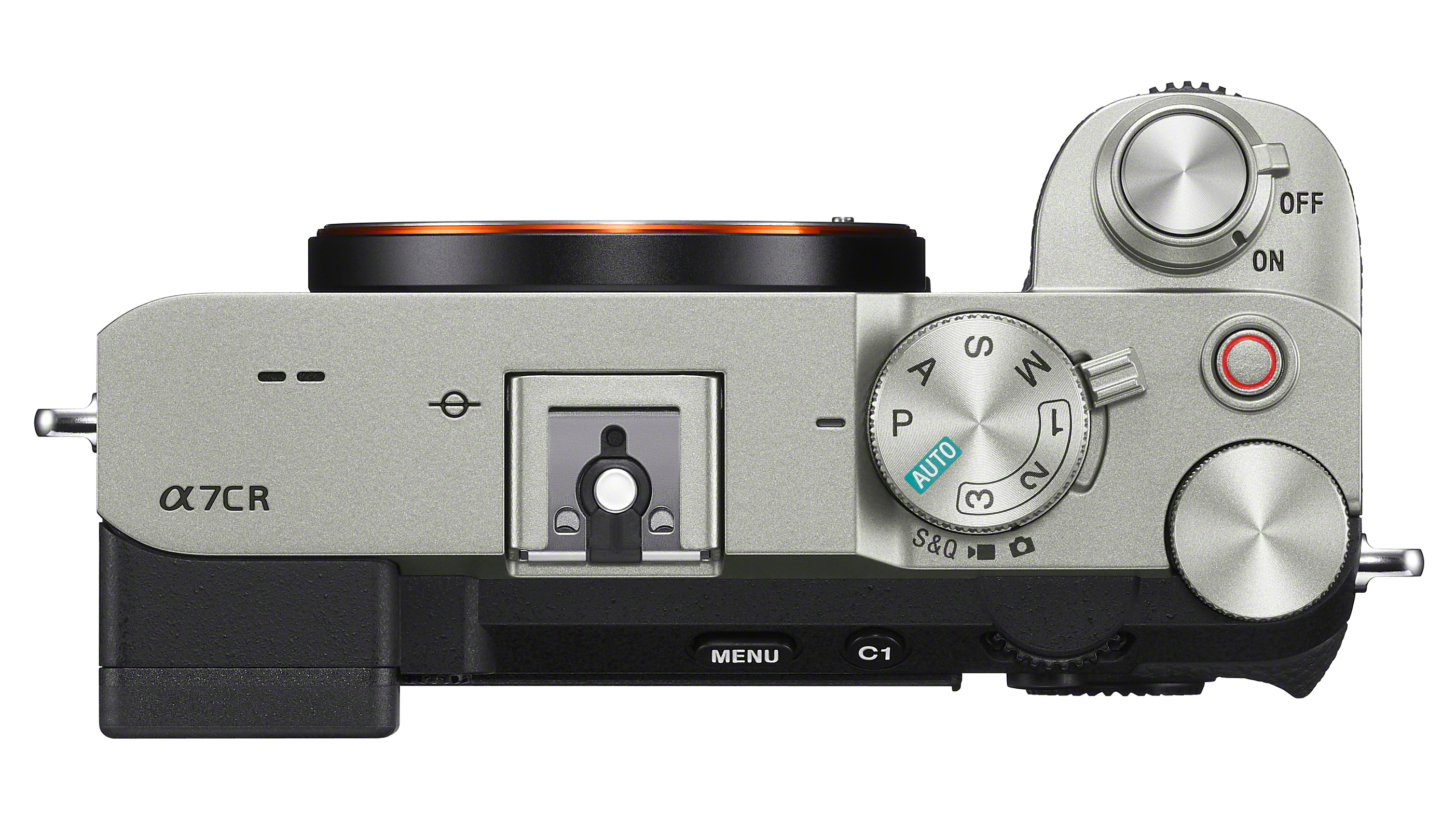
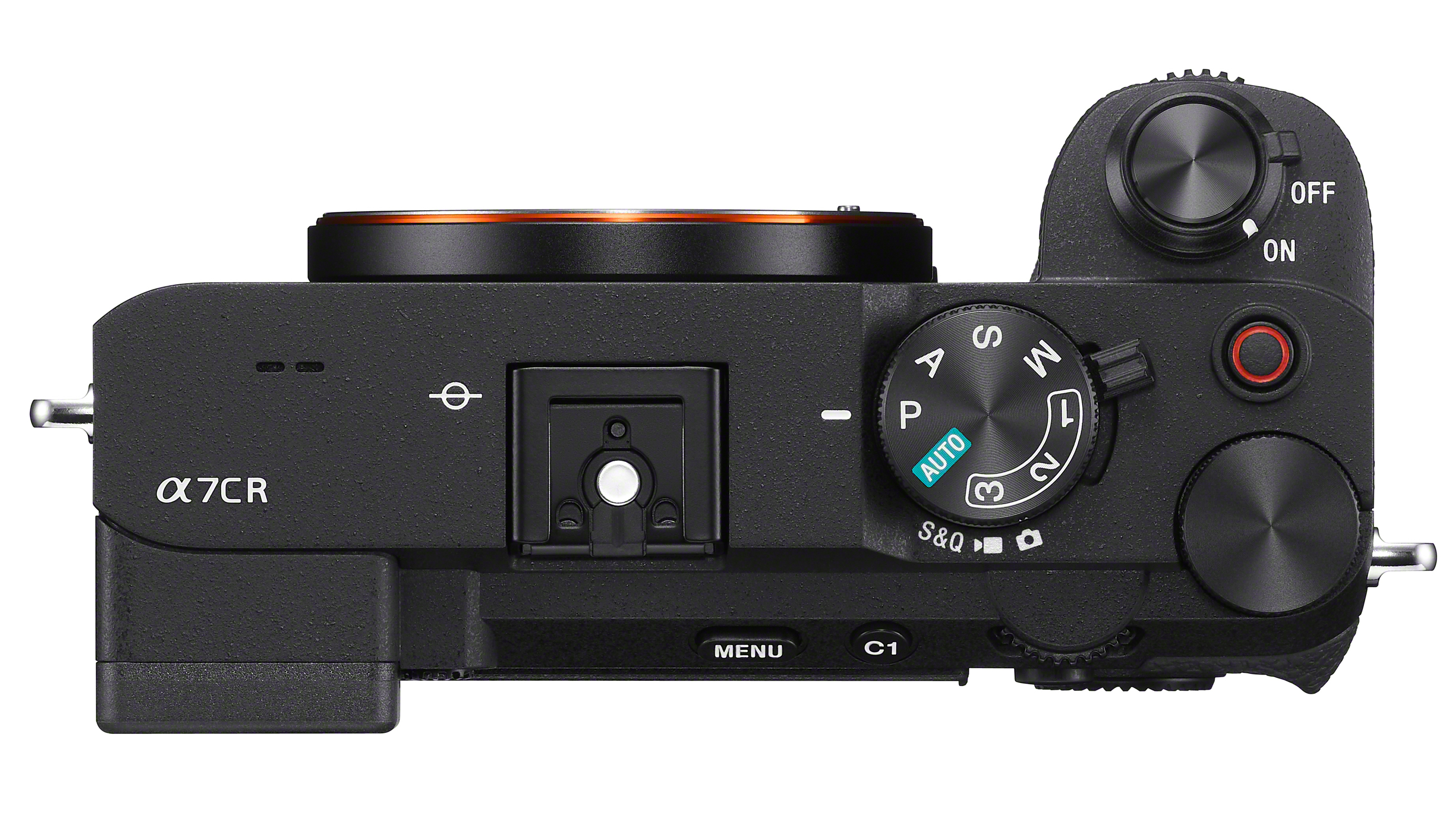
Sensor: 61MP full frame Exmor R CMOS BSI
Image processor: BIONZ X and AI Co-Processor
AF points: 759-point phase AF
ISO range: 100-32,000 (exp. 50-102,400)
Metering modes: Multi-segment, Center-weighted, Spot, Avg., Highlight
Video: 4K60p (Super 35), 4K30p, FHD120p
Viewfinder: 2.36m dots, 0.7x mag OLED
Memory card: 1x SD/SDHC/SDXC/UHS-II
LCD: 3-inch vari-angle touchscreen, 1.03m dots
Max burst: 10fps with AE & AF, 1000+ JPEGS, 44 RAW
Connectivity: Wi-Fi, Bluetooth
Size: 124.0mm x 71.1mm x 63.4mm (body only)
Weight: 515g (inc. battery/card)
Handling
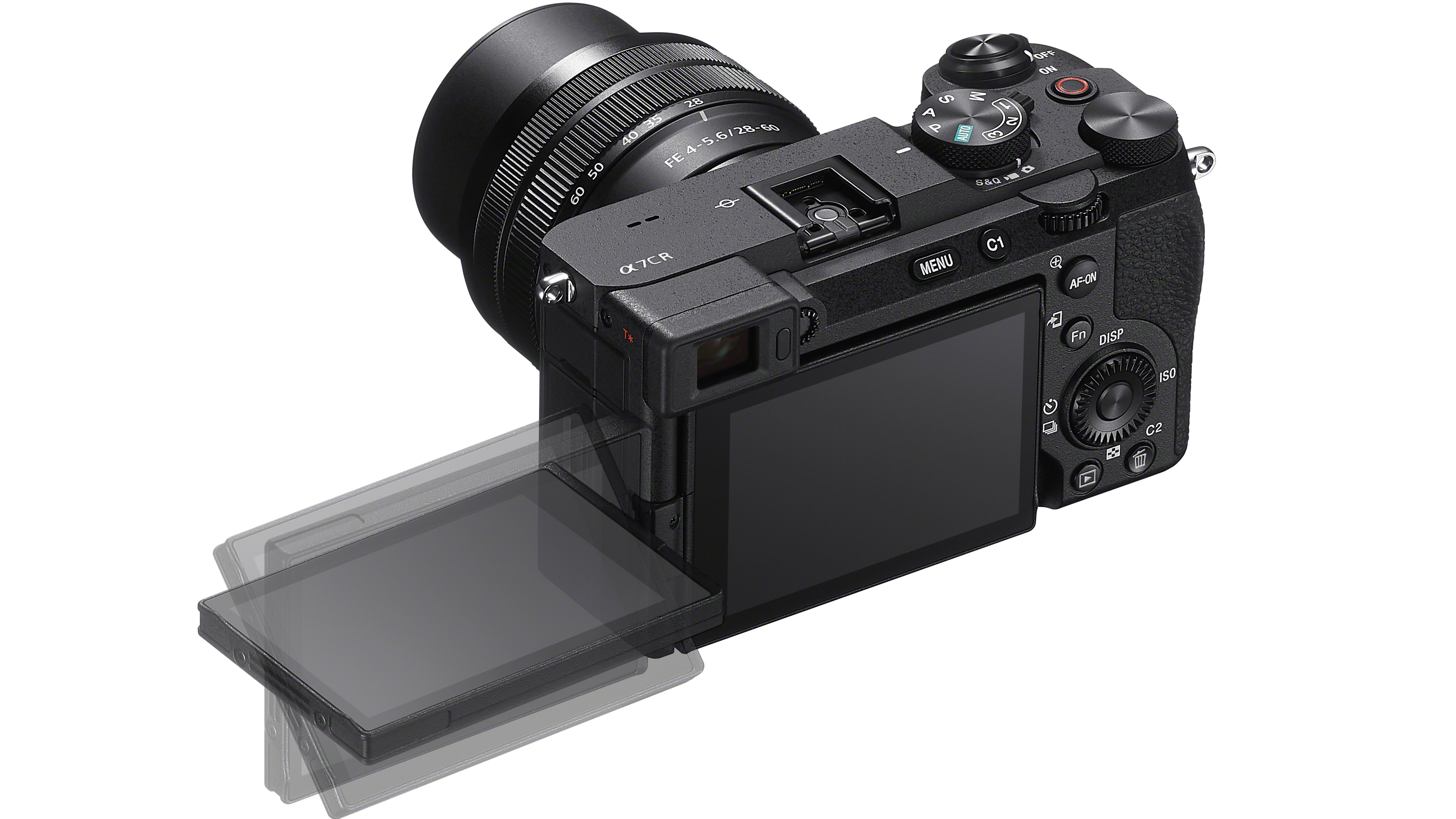
As far as handling goes, the A7CR doesn’t offer up any nasty surprises. If you are a seasoned Sony shooter, you’ll fall right into step with the control and menu layout. The body is fairly intuitive and everything is roughly where you’d expect it to be. The rear control wheel is a little on the small side thanks to the camera’s compact design, more on which in a moment, and this can make it awkward to use if you are blessed with large hands. However, this is more of a user-specific niggle and clearly isn’t a deal-breaker.
The body itself is quite boxy, featuring lots of straight lines and sharp edges, just as with the other members of the A7C lineup. It might not be the most sexy of designs, but as a tech reviewer it is sometimes good to remember that this is a camera we’re discussing – it’s functional and does the job of keeping all of the buttons and dials together. We can’t reasonably knock marks off for that.
Speaking of a compact nature, the A7CR is very small and at times I forgot I was shooting with a full-frame camera. A chassis of this size containing a sensor this big would have been unthinkable a decade ago, so hats off to Sony on this point. Even so, the grip is deep so with a standard lens attached you can shoot one-handed with confidence. This is less easy with larger optics though which might be an issue if this is to be your main camera, for use with trinity zooms or fast telephoto primes.
The biggest headline difference between this model and the A7C II, which was released at the same time, is the pixel count which is a smidgen under double the resolution at 61MP (to the A7C II’s 33MP). This clearly offers cropping advantages.
Performance
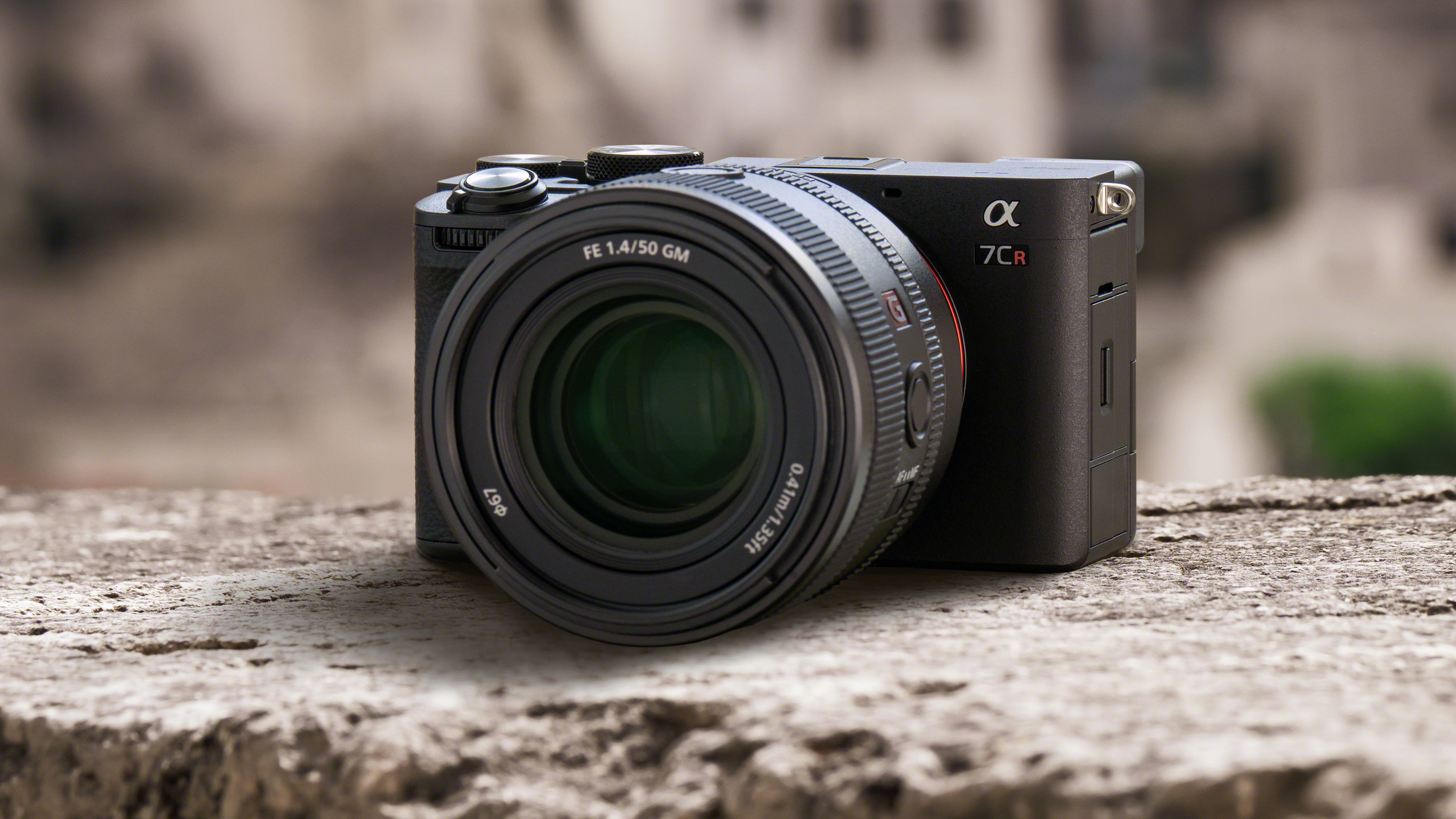
In our samples, it also didn’t come with too much of a noise penalty either. I could confidently shoot up to ISO 12,800 with minimal effect on detail and color. Only when the sensitivity was pushed up to ISO 51,200 and beyond did files take on a mushy appearance, with visible colored speckling. At the maximum extended setting of ISO 102,400 this was highly noticeable, even in Jpegs. I’d steer clear of these extremes.
Color straight from the camera is generally lovely, providing smooth gradations and natural intensity. Shooting outside, under cloudy skies, at low ISO settings, images richly detailed and true-to-life thanks to an accurate automatic white balance system. Images from Sony cameras can be a little ‘sterile’ to my taste, without processing, but images from the A7CR offer plenty of scope for play at the editing stage. In darker conditions, the IBIS system is effective and I could handhold at 1/13sec using a 50mm lens with comparative ease.
Another area where the A7CR excels is autofocus. It snapped into position quickly when shifting the focus point between near and far subjects. The viewfinder is ffairly small, which can make judging focus a challenge on-the-move but I was confident the camera had done the legwork for me without much encouragement.
Lab tests
Unfortuntely we were unable to get the sample to our lab we had during the few days we had with the Sony A7C R. Full results and graphs will be added here, once we have been able to get hold of another sample to test out.
Sample images
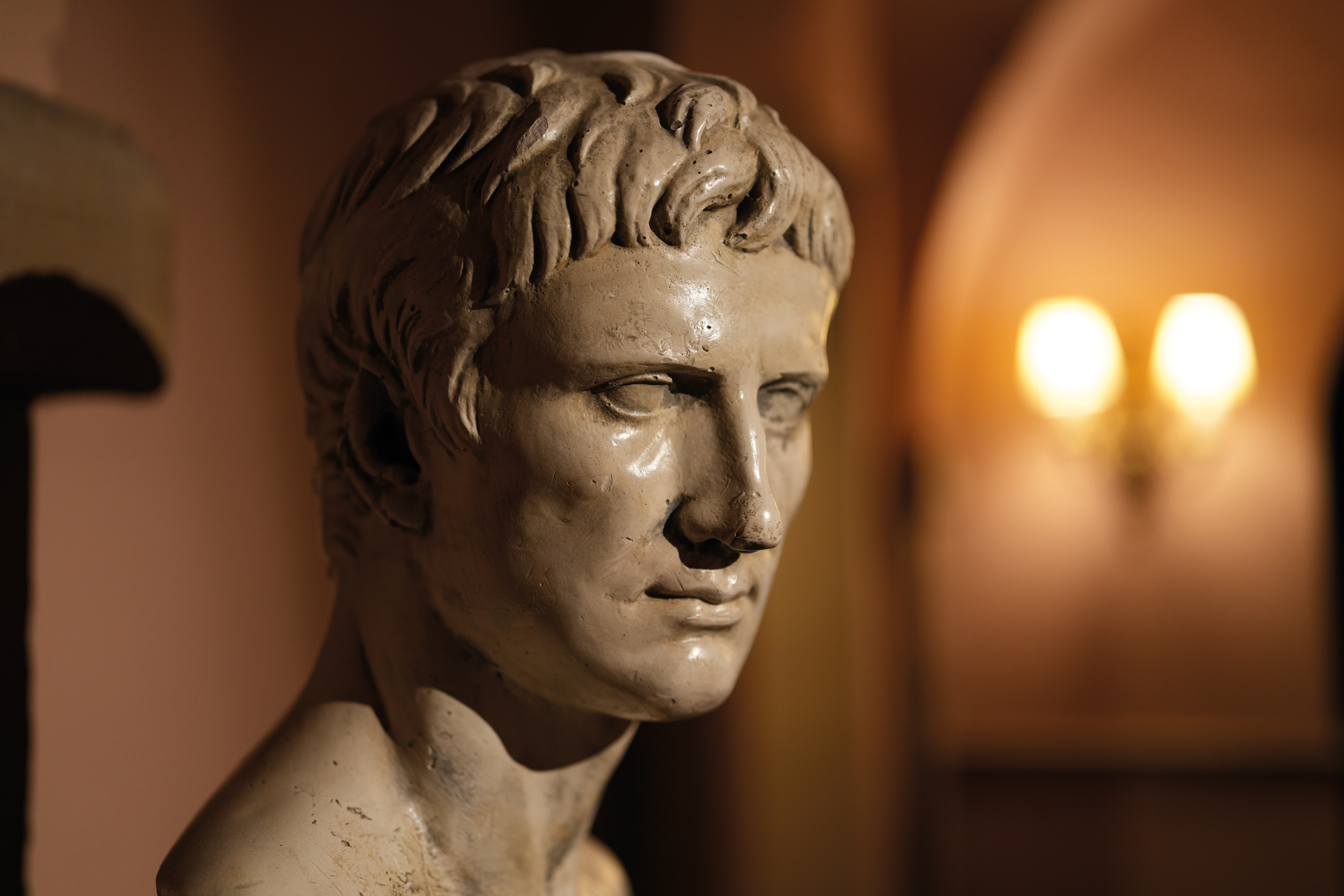
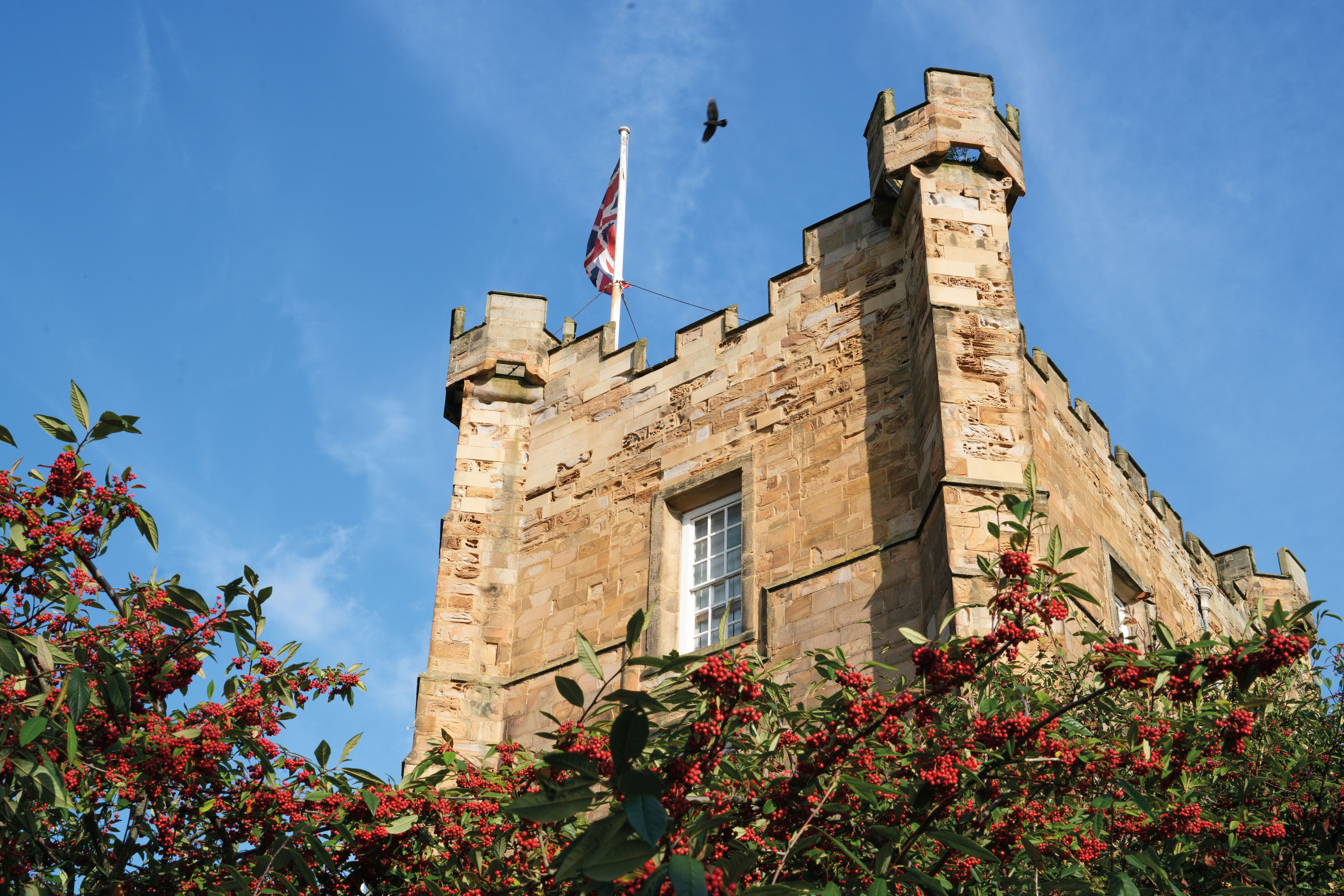


Verdict

Overall, the A7CR is a great camera with plenty of features, a powerful processor, amazing resolution, and workable low-light performance. It’s snappy in all respects and will make a fantastic travel companion. The question comes down to whether you feel it’s $800 better than the A7C II. For most people, 33MP is more than enough resolution. While both cameras are good in low light, the A7C II does have an advantage, meaning you’ll need to use weightier, brighter lenses on the A7CR.







